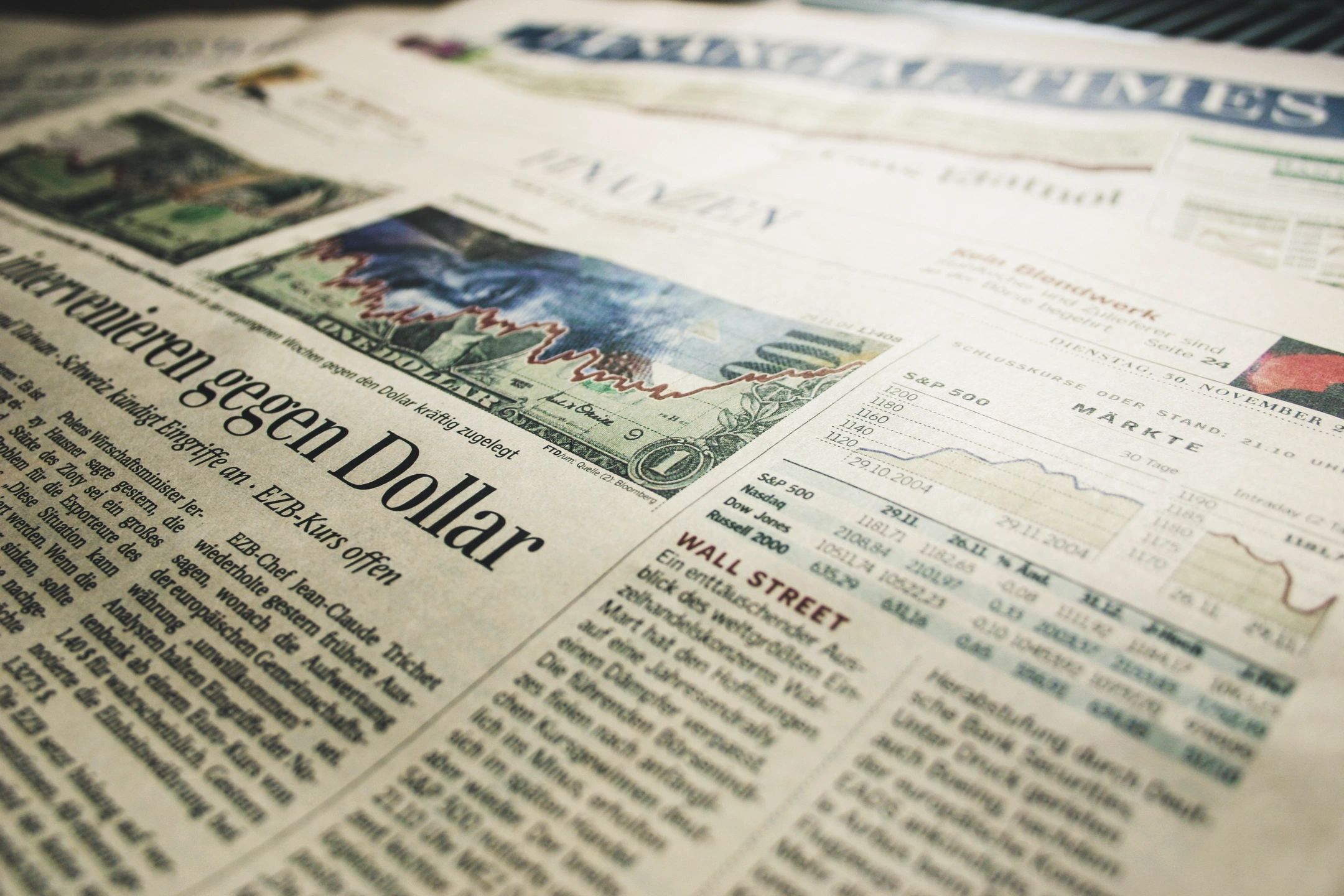In this era of rapidly evolving technological advancements, it seems one company continues to ride the tide of dominance, namely, the behemoth that is Apple Inc. Charting its course with a stellar 41% advance this year, Apple is outperforming its peers, the tech-heavy Nasdaq 100 Index’s 35% gain included, and drawing eyes towards the tantalizing horizon of a $3 trillion valuation.
The ascent of Apple is not without good reason. The company’s fiscal ship is driven by several favorable factors such as its robust balance sheet, a productive capital return program, and revenue streams that are as resilient as a redwood tree. These sturdy attributes are the pillars of Apple’s kingdom and have often served as the go-to sanctuary for investors in turbulent times. It’s not just the company’s robustness that attracts investors; the anticipation of innovative products, like the recently unveiled Vision Pro mixed-reality headset, and expansion strategies like retail revitalization, create an enticing cocktail of opportunities.
Investors, it seems, see Apple as a company that’s akin to a well-aged Scotch: reliable, rich, and expected to offer a long-lasting, positive return. Apple’s potent blend of robustness and innovation makes it an attractive bet for investors. They’re happy to stay in for the long haul, regardless of market tremors or minor missteps. Such is the confidence in Apple’s cash flow and business model that investors are drawn to it like moths to a flame, even when market bears roam Wall Street.
This Cupertino-based tech giant’s success story echoes across the broader market, acting as the wind beneath Wall Street’s wings. Accounting for a whopping 7.5% of the S&P 500 Index, Apple’s influence is significant. Every stride it takes towards its historical $3 trillion valuation sends ripples through the market, propping up indices and bolstering investor confidence.
Meanwhile, the hedge fund space has been exhibiting an intriguing dance of its own. As we approach a week laden with market-moving news, including crucial inflation data and the Federal Reserve’s rate decision, these savvy investors are making calculated moves. The bearish bets are being trimmed, and the equity exposure is being boosted. It’s as if the bears are gradually shedding their winter coats as spring approaches.
Large speculators, primarily hedge funds, have been seen retreating from their defensive shell, cutting back net short positions in S&P 500 e-mini futures. The reduction mirrors one of the top five short-covering episodes since 2018, signaling a noteworthy shift in market sentiment. This development, paired with a spike in net equity purchases, indicates an increase in risk appetite among these market movers and shakers.
The consensus among skeptics appears to be shifting in response to the S&P 500’s more than 20% surge from its October low. It seems they’re loosening their bearish grip and tentatively extending their hands towards the bullish camp. The blend of potential tailwinds, including softer inflation and a pause in interest-rate increases, seems to be turning the tide, swaying previously steadfast bears to reconsider their positioning.
Furthermore, the market’s fortune tellers at JPMorgan have set out a game plan for stocks on the Consumer Price Index (CPI) day, positing potential market reactions based on varying inflation scenarios. Given their assessment, the most probable scenario involves a modest uptick in the S&P 500 should headline inflation sit between 4% and 4.2%.
Simultaneously, JPMorgan’s hedge fund clientele is showing signs of letting go of economic skepticism, leaning towards more cyclical stocks like consumer discretionary and commodity producers. This shift implies a stirring optimism for the economy, mirrored in their active equity purchases and unwinding short positions. There’s an intriguing cycle at play: benign economic data and the Federal Reserve’s potential pause on interest rate hikes could further buoy the equity market, thus driving more short-covering and feeding into the rally’s momentum.
However, it’s vital to keep in mind that the financial market, much like the natural world, abides by its laws of balance. An excessively bullish tilt, much like an overpopulated species, opens the doors for potential correction. Extreme divergences within the market and recent increases in risk expose the market to downside potential.
The recent rally might stretch its legs a bit more, spurred on by favorable macro data and additional degrossing. Yet, if the buying fervor fades, it could weaken the market’s stride. A delicate balancing act is at play – one that seasoned investors would do well to monitor closely.
In the grand theatre of the financial world, actors like Apple and large speculators, including hedge funds, play crucial roles in shaping market dynamics. As the curtain rises on another week of high-stakes performances – the release of the Consumer Price Index, the Federal Reserve’s rate decision – these entities’ actions will help write the next chapter in our market’s tale.
Whether Apple continues its march towards the $3 trillion milestone, or hedge funds maintain their newfound bullish tilt, is a narrative in the making. But one thing is clear: these market players, with their moves and countermoves, their daring and caution, continue to shape the financial landscape in significant and exciting ways.
Through the fog of daily market fluctuations, one could argue that observing these market dynamics closely offers more than just an insight into financial trends. It presents a profound understanding of our collective belief in progress, the transformative power of technology, and the unending human endeavor to navigate uncertainty. In the chronicles of financial history, may these insights serve as a lighthouse, illuminating our understanding and guiding our way forward.



